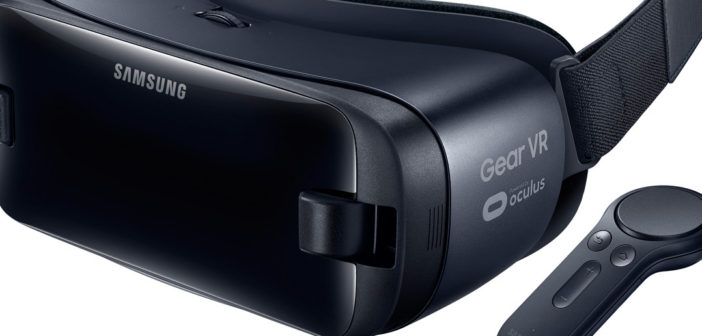Altogether 84% of tethered VR devices will rely on WiGig wireless tethers by 2022
Virtual reality (VR) has been growing at a rapid rate with the continuous advancements in VR head mounted displays (HMDs), tracking systems, and controllers. Connectivity is another area where VR HMD makers are unceasingly trying to improve. Wireless connectivity is increasingly important for VR users to have better experience. ABI Research forecasted that almost 84% of tethered VR HMDs will have wireless connectivity using WiGig in 2022.
The most important requirement of using a VR device is immersive experience. A wired connection between tethered VR HMD and PC’s or consoles can restrict the freedom of movement for users, which limits the level of immersion.
Although mobile and standalone devices run without the need of a cable connection, processing power is limited compared to tethered VR devices. Hardware makers such as TPCast, DisplayLink and KwikVR have introduced wireless add-ons that enable wireless connectivity between tethered VR HMD and PC’s or consoles, however, wireless add-ons are a bit bulky to fit on VR HMD and are usually expensive, costing around $300.
Chipset makers including Intel, Qualcomm, and Peraso are working together with hardware makers to add wireless connectivity using WiGig in tethered VR devices.
Development of cloud VR applications are expected to be another driver of wireless connectivity in VR HMDs. A recent announcement of HTC partnering with Dalian Television and Beijing Cyber Cloud to test cloud VR service highlights the potential of cloud VR services. Rendering is done in cloud servers, which allows users to access VR applications from anywhere. Cloud VR provides users with full mobility and potentially allows the development of slimmer VR HMDs.
“However, a high data rate and low latency connectivity are required for cloud VR applications. WiGig, which can provide up to 7Gbps connectivity, will play important role to support high bandwidth applications for indoor use. High capacity, low latency 5G networks will be essential for deployment of cloud VR applications for mobile and standalone VR devices,” noted Khin Sandi Lynn, industry analyst at ABI Research.
ABI Research forecasts that 5G connectivity will be available in VR HMD starting from 2020 and over 2.6 million VR HMDs will support 5G connectivity in 2022.





